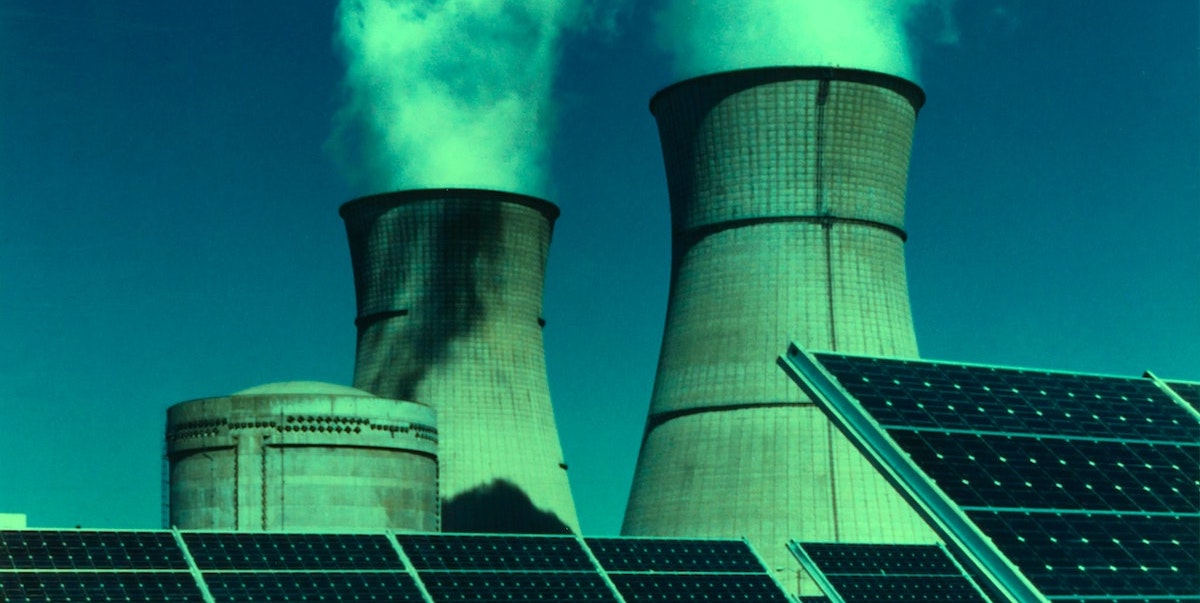The year 2021 is crucial in defining the pathways to the ambitious targets set for the sector. The year also marks the beginning of the fourth decade of electricity reforms since the sector was opened to private investment in 1991. How COVID-19 might impact India’s renewable energy transition ?

Rising Cooling Demand in India
COVID-19 has caused great challenges to the energy industry. Potential new practices and social forms being facilitated by the pandemics are having impacts on energy demand and consumption. This week we going to discuss about How can India overcome existing challenges to meeting the rising cooling demand without further warming the planet?
Short Circuiting Cooling India
With rapid urbanisation and a growing population, there is a demand for sustainable, clean, and energy efficient cooling solutions. Access to cooling has become a development need and an equality issue. The interplay of a variety of factors is important to understand in order to encourage energy efficiency in cooling.
Not surprisingly, air conditioner sales in India are booming. Only 5% of households in India currently have air conditioning, but this is poised to increase dramatically as incomes rise and air conditioners get cheaper.
At the same time, air conditioning also raises large challenges. Air conditioning is extremely energy-intensive. A typical room air conditioner uses 20 times as much electricity as a ceiling fan, and 10 times as much as a typical evaporative cooler. So we are talking about an immense amount of electricity. By one estimate, the potential cooling demand in Mumbai is one-quarter the demand for the entire United States. Meeting such a large increase in electricity demand will require rapid investments in generation, transmission, and distribution.
Unfortunately, energy efficiency does not feature as a priority in the purchase of cooling appliances. Only 7% of the households have an energy efficient (star-rated) fan, and 88% of the coolers are locally assembled. Most people prefer to buy a three-star AC, and less than 20% of AC-owning house-holds bought the highest rated five-star AC.
https://environmentality.cprindia.org/blog/energy-inefficiency-can-short-circuit-cooling-india
Large-scale adoption of efficient cooling appliances will be essential to providing the required thermal comfort in a low carbon manner. We find that low levels of energy efficiency awareness are a major bottleneck that hinders the purchase of more efficient appliances.
The COVID-19 pandemic has affected almost all sectors of the economy and several economic package and structural reforms have been announced by the Indian government to tackle the situation. As a positive side effect, the opportunity for a faster transition to clean energy across key sectors of the economy has opened up. In addition to this, special emphasis is being placed on doubling farmers’ income. Urban slums and rural poor have been identified as one of the most vulnerable groups that need access to cooling with rising temperatures.
The impending cooling demand transition in India offers a potential advantage. Because a majority of investments in cooling technologies, infrastructure, and behaviours are yet to be made, there is a unique opportunity to lock-in energy efficient consumption patterns. Awareness campaigns on the benefits of energy efficiency along with subsidies and financial incentives that help with the higher upfront costs can help drive up the adoption of more efficient technologies.
Encouraging the use of passive cooling alternatives including energy efficient building designs can help provide the desired thermal comfort with reduced dependence on energy intensive cooling technologies.
It is important to foster collaboration across different stakeholders from the industry, think tanks, academic institutions, and so on to understand the cross-sectoral nature of cooling. Sharing experiences will help formulate the most suitable solutions for clean and energy efficient cooling in India.


